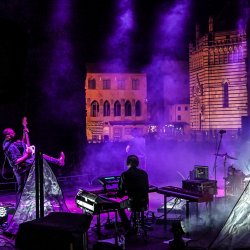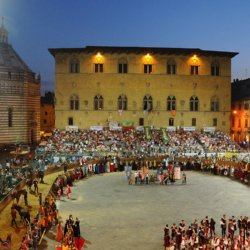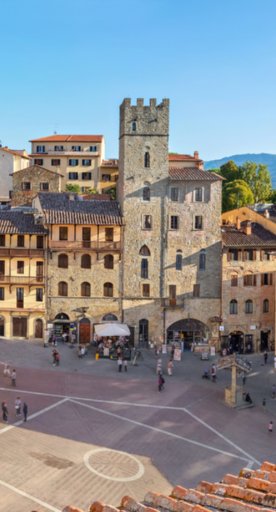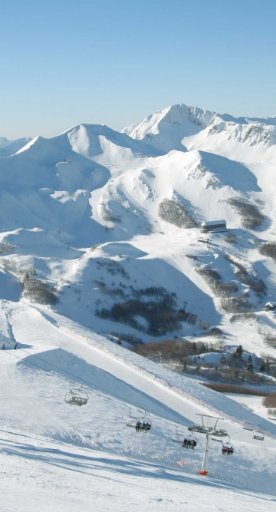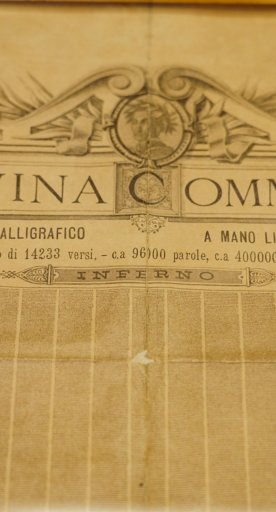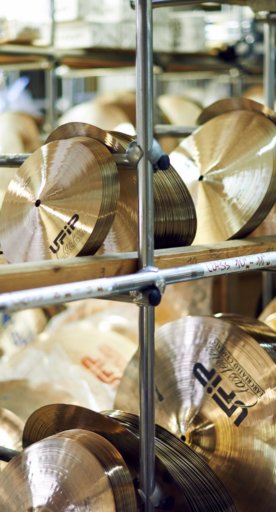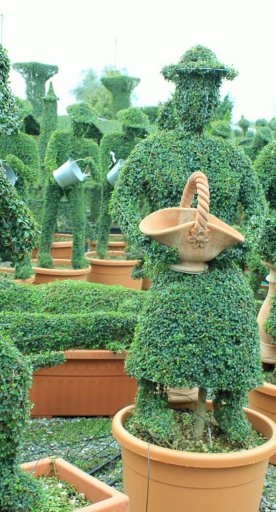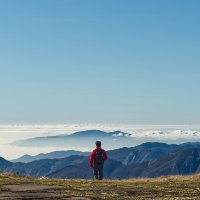

Art on the Via Romea Strata
Between the mountains of Pistoia and the lands of Leonardo, all the way to Valdarno, on the Via Romea Strata there are many artistic jewels of particular value
An ancient path that has connected Central and Eastern Europe with Rome for centuries, passing through 7 states and winding for about 1,300 km, the Romea Strata crosses the Tuscan territory, between faith, history, nature and beautiful landscapes.
The route climbs the Pistoia Mountains, passing through Cutigliano, descending to Pistoia and continuing through Montalbano, Vinci, until it reaches the Arno Valley, Fucecchio and San Miniato, where it rejoins the Via Francigena.
In Tuscany for about 110 km, the itinerary overlaps with the ancient Via Nonantolana and can be undertaken in six days of walking, discovering Apennine landscapes, towns, villages, the Tuscan countryside, places dotted not only with natural panoramas and historical pearls, but also with artistic works of particular importance.
-
1.Citigliano and the villages of the Pistoia Mountains
-
2.Pistoia
-
3.The lands of Leonardo
-
4.Cerreto Guidi
-
5.Fucecchio and San Miniato
Citigliano and the villages of the Pistoia Mountains

The Apennine villages in this area, in addition to preserving historical memories rooted in remote eras, are also home to testimonies between faith and art. First and foremost is the village of Cutigliano, with the charming Palace of the Mountain Captains and the Church of San Bartolomeo, a sober house of worship (rebuilt after a fire) that houses a small great treasure of sacred art, such as the Circumcision by the Valdarno painter Giovanni da San Giovanni, a work dating back to 1620, and the Birth of the Virgin by Nicodemo Ferrucci from Fiesole. Other works, such as Della Robbia's terracotta, can be seen in the Parish Church of Santa Maria Assunta in Lizzano.
Pistoia

The urban stretch of the Romea Strata takes in the main churches from the historic center until it reaches the striking San Zeno Cathedral and the Jacobean cippus. Pistoia's cathedral overlooks one of the most beautiful squares in Italy and conceals real artistic treasures inside; starting with a masterpiece of the highest goldsmithing, the Altar of San Jacopo, made in silver by the best goldsmiths of the medieval period.
The naves are punctuated by numerous works, such as the Crucifix made on wood panel by Coppo di Marcovaldo, one of the greatest painters of 13th-century Tuscany, and the facade is adorned by the hand of Andrea della Robbia.
The lands of Leonardo

Skirting Montalbano, among olive groves and cultivated fields, we reach the lands linked to Leonardo da Vinci. The house where the genius was born in Anchiano, the church of Santa Croce where he was baptized, the Leonardo Museum with the reconstruction of his works, the contemporary art installations make up a very interesting itinerary between art, science and history.
Cerreto Guidi
Surrounded by sinuous hills, the historic village of Cerreto Guidi holds at its heart a splendid Medici villa. A World Heritage Site, the aristocratic residence holds decorative frescoes dating back to the Neoclassical period, medieval and 18th-century paintings, beautiful furnishings and Italian and Oriental art objects. Also located a short distance from the villa is the Parish Church of San Leonardo, which houses works by Giovanni della Robbia and Giambologna.
Fucecchio and San Miniato

Arriving in the Lower Valdarno, one crosses Fucecchio, an ancient crossroads of numerous medieval routes, a place where the Via Francigena intersects and sees in the village of San Miniato the next stop. The complex of Corsini Palace, the ancient Abbey of San Salvatore and the Collegiate Church of San Giovanni Battista house various works of artistic value, while in the Tuscan home of the white truffle, San Miniato, in addition to the majestic historic buildings - the Fortress of Frederick II and the Tower of Matilda - it is the Cathedral of Santa Maria Assunta and San Genesio that holds paintings and sculptures not to be missed, such as the frescoes by Bamberini that adorn the suffrage chapels, as well as a valuable pipe organ.


